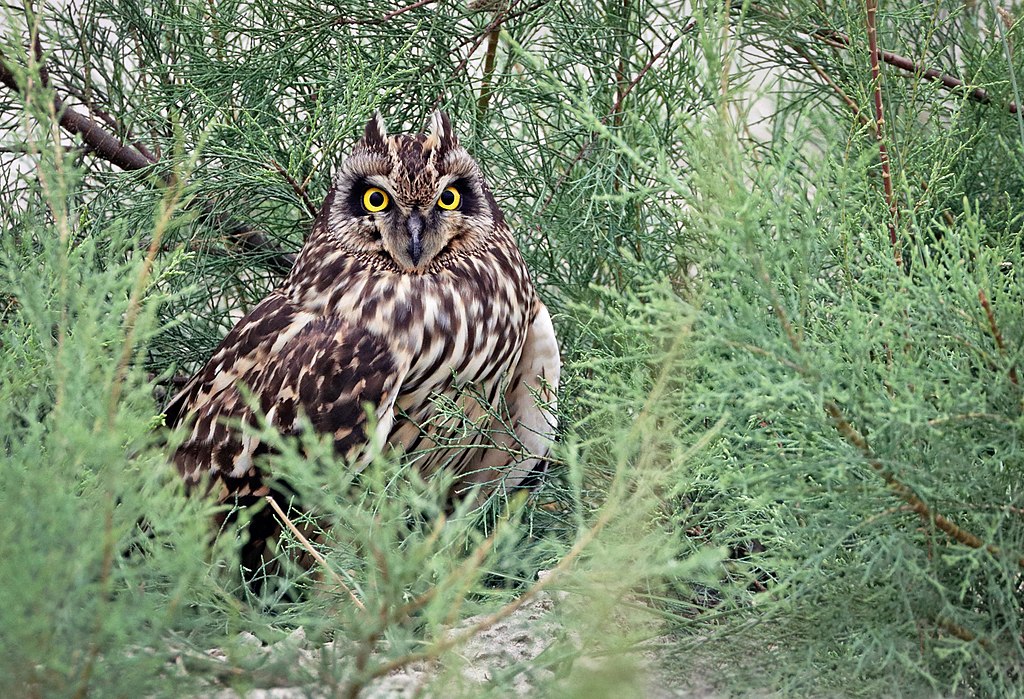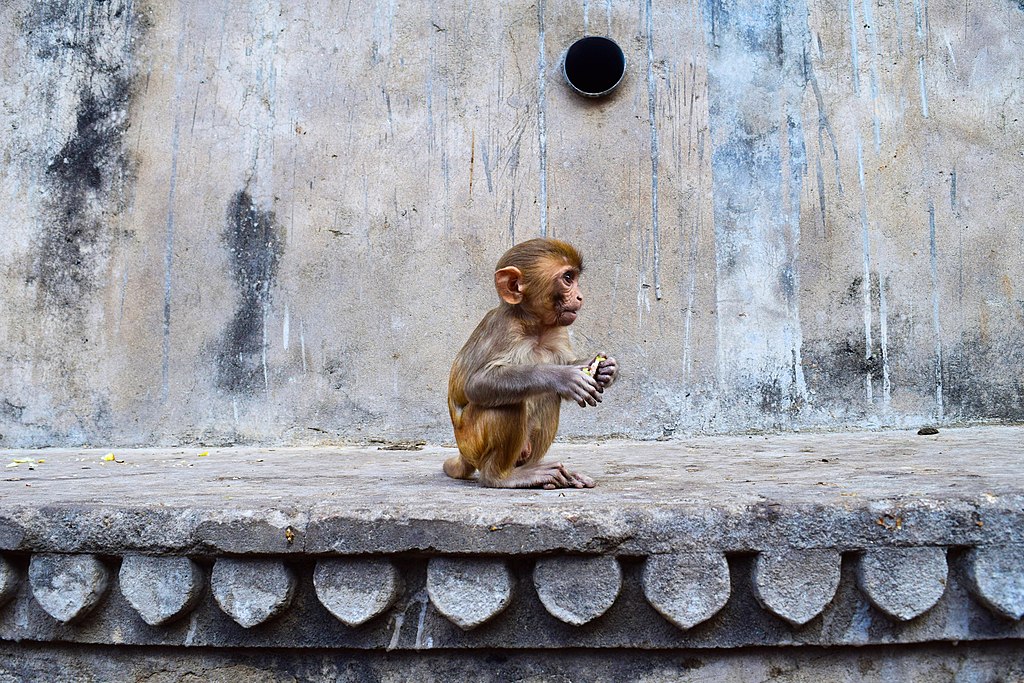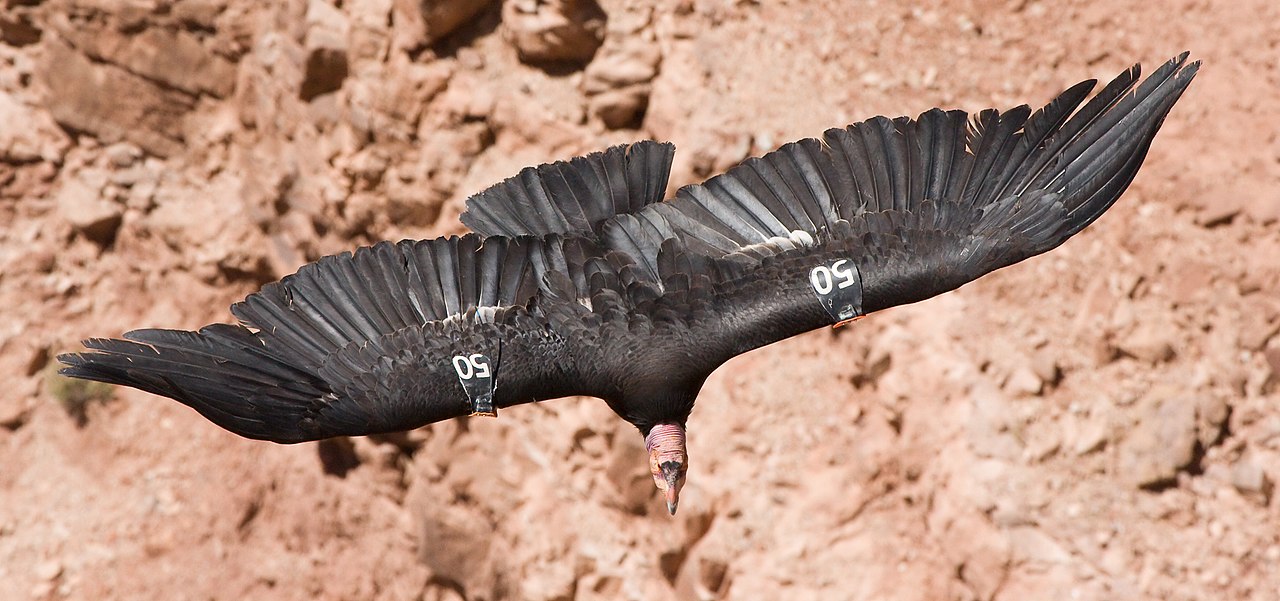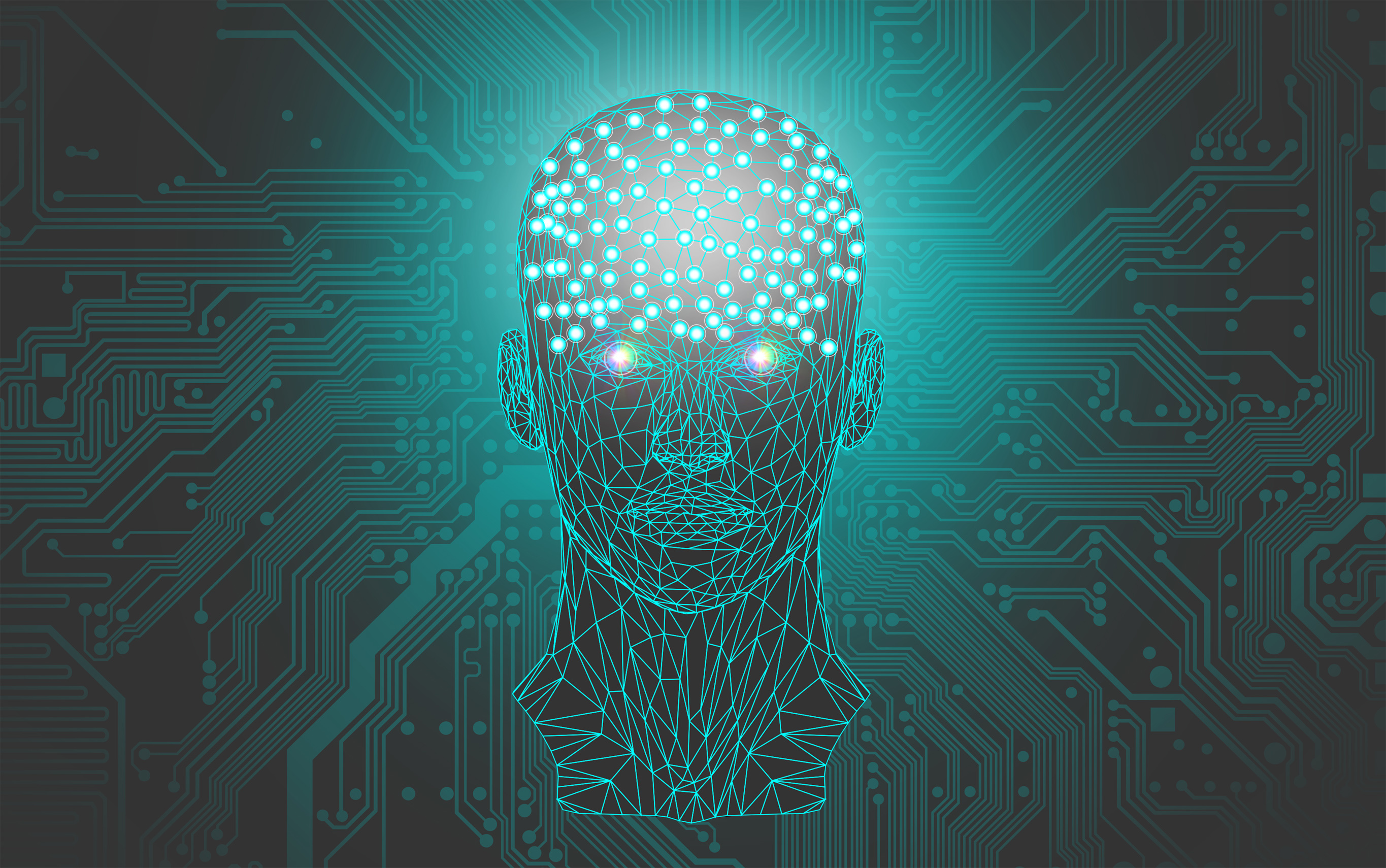Awareness of death and other incredible examples of animal intelligence

- The animal kingdom is rife with astounding demonstrations of non-human intelligence.
- Intelligence may be a product of convergent evolution, which means it can arise in different evolutionary lineages.
- Humans and animals have much more in common than we think.
Research into the inner lives of animals — their feelings and thought processes — is only just beginning. For much of history, biologists and behaviorists presumed that animal intelligence could be neatly organized into a hierarchy. Homo sapiens was placed all the way at the top, followed by our fellow primates. Then came the other mammals, the birds, reptiles, and insects.
Then, in the 1960s, a new generation of researchers pushed the rest of the academic community to conceive of animal intelligence in looser terms. They thought the conventional definition of intelligence — something made up of both consciousness and the capacity for abstract thought — was too particular to our own species; because every animal followed a completely different evolutionary trajectory, intelligence should be measured in relative instead of absolute terms.
In the following decades, a variety of technologies that allow us to observe animals for prolonged periods of time without disturbing their normal routines revealed behaviors that are far more sophisticated than many species were previously given credit for. In Melbourne, remote controlled drones are helping researchers to better understand the breeding patterns of southern right whales. Meanwhile, AI is learning to understand, track, and predict the movements of organisms.
Regardless of our rapidly changing conception of animal intelligence, it is best recognized when the behavior of an animal resembles our own. Take, for example, elephants, which are said to remember and return to the gravesites of diseased members of their herd. A literature review and study from 2019 revealed that they also exhibit an unusual interest in the dead bodies of other elephants that persists throughout the stages of decomposition — signaling their fascination with death and perhaps even hinting at consciousness of their mortality.
Dolphins are a particularly popular test subject for intelligence studies. As early as 2006, researchers suspected these aquatic mammals use whistles that act as analogues for human names, with a unique frequency being assigned to each member of a pod. Whereas many insects communicate via pheromones that always induce the same, predetermined responses, dolphin communication — like human language — seems more flexible and context-dependent; a study from 2017 determined that dolphins in Laguna in southern Brazil had developed a distinct accent after more than 100 years of sustained interaction with the local fishermen.
Displays of high intelligence are not restricted to mammals. Many birds, including parrots, organize themselves into complex social groups where fellow members of their species are treated differently depending on their relation to one another, a behavior that suggests an aptitude for associative learning, one of several markers of intelligence. And insects, however minuscule their brains, possess an entire repertoire of impressive cognitive skills, from tool use and face recognition to numerical competence and learning via observation.
The evolution of animal intelligence

Recognizing intelligence is one thing, understanding where it comes from another. Until recently, researchers believed the development of cognitive ability was somewhat unique to our evolutionary lineage, reaching from mammals to primates and finally to us. Now, research calls this hypothesis into question. Newfound similarities between the structure of our brains and the brains of cephalopods, for instance, suggest that intelligence could be the product of convergent evolution — that is, a target that is reachable by any species so long as they are subjected to the right environmental pressures.
Research suggests that intelligence, far from being organized into a hierarchy, is actually distributed in different ways across the animal kingdom. Namely, a survey from 2020 found that most animals displayed “exceptional skills in single cognitive domains while performing poorly in others.” Chimpanzees, for their part, have a better short-term memory than humans, presumably because short-term memory is more useful in the wild, where life-or-death decisions must be made on a daily basis and in the blink of an eye.
The study of animal intelligence is greatly informed by developments in neuroscience. A good many animals are known to possess semantic memory — the ability to associate one thing with another, like the pain of a bee sting with the appearance of a bee. However, recent studies suggest that some animals like rats and pigeons are also capable of episodic memory — the ability to recall previous experiences by briefly reliving them inside their minds.
Intelligence is connected to other mental qualities that were long considered to be distinctly human, including sentience and self-consciousness. Most of the great apes already demonstrated their ability to recognize themselves in a mirror, and so too have dolphins and elephants. In the past, Rhesus macaques were successfully taught to recognize their own reflection when they aren’t naturally inclined to do so, suggesting that, perhaps, self-awareness is a skill that can be trained.
It turns out that figuring out how an animal feels is even more difficult than figuring out how it thinks. Studies, driven in part by mounting calls from animal rights activists, concur that all vertebrates are, in all likelihood, capable of experiencing pain due to the similarities in their nervous systems. However, most of these studies have focused exclusively on whether animals can experience negative as opposed to positive emotions, meaning there is still much we don’t know about their inner lives.
As time passes, we are continuously amazed at the level of cognitive complexity that is exhibited by animals. At times, the method to their madness can be difficult to spot, especially when it is obstructed by eons of evolutionary divergence. Modern technology and theoretical frameworks finally allow us to look with some precision, and though the search only got underway a handful of decades ago, we have already discovered more similarities between animals and ourselves than we had expected.





